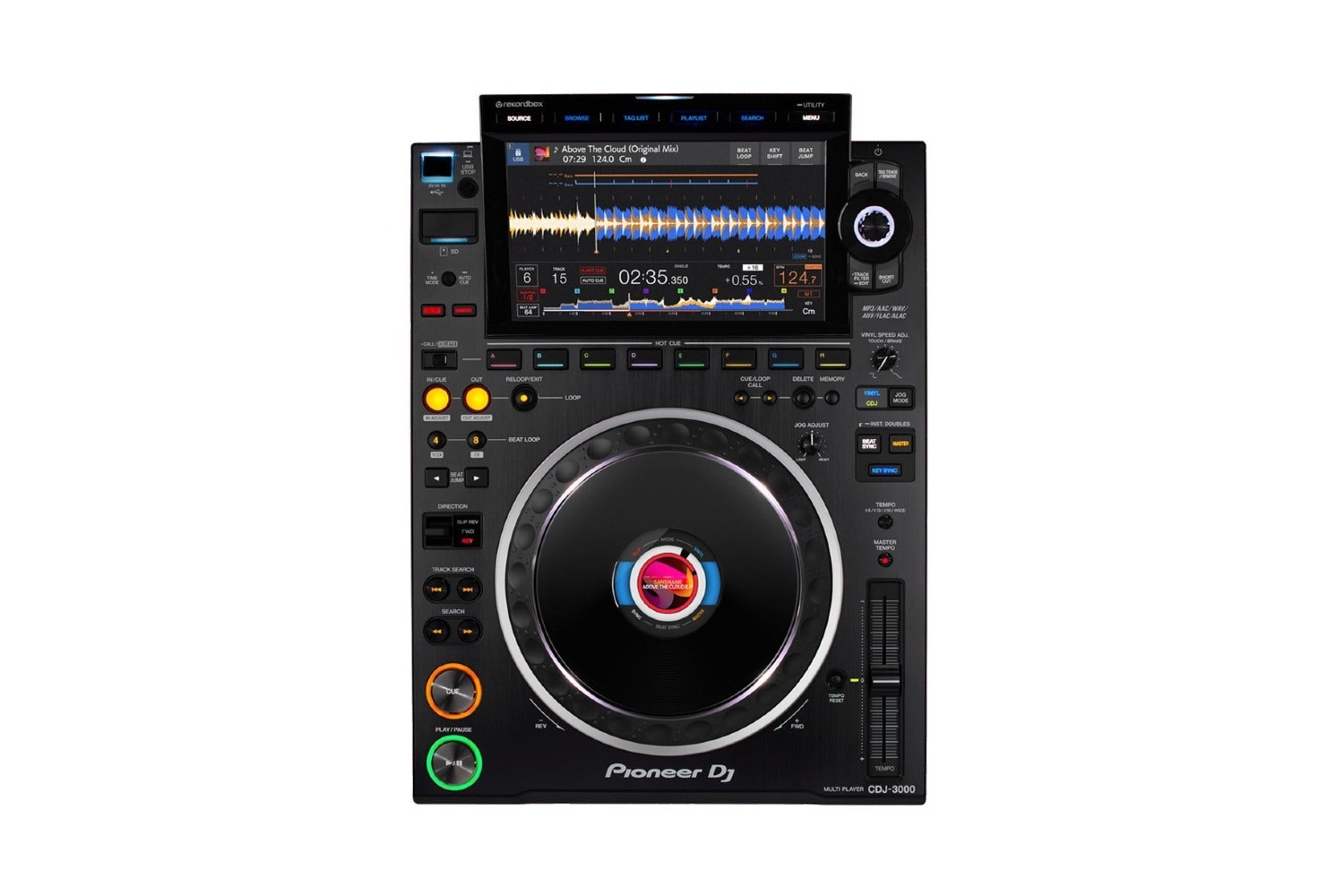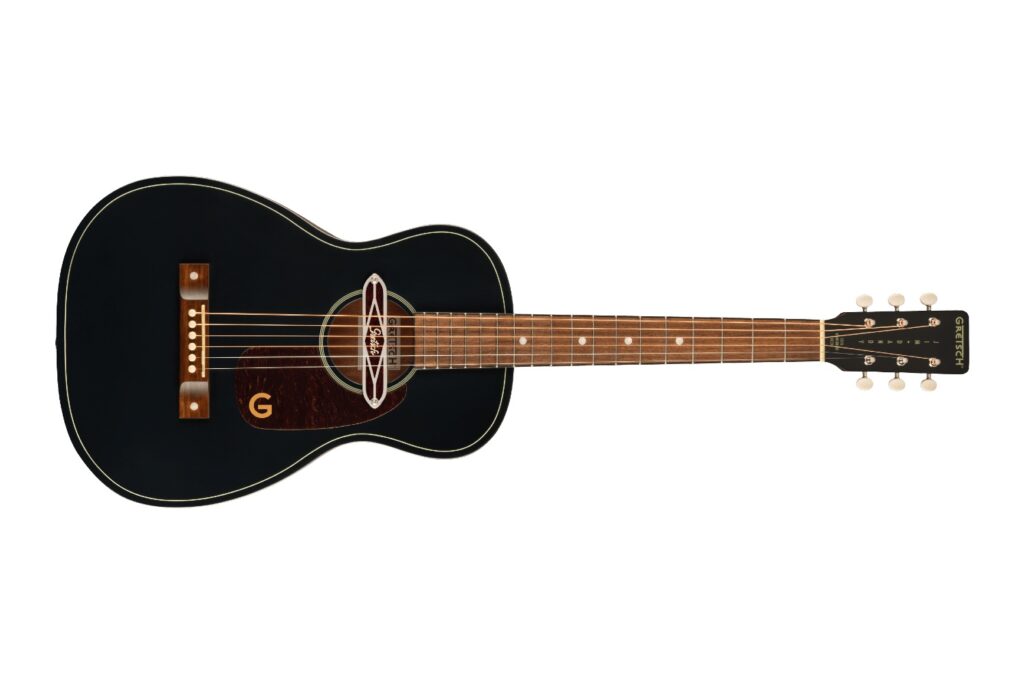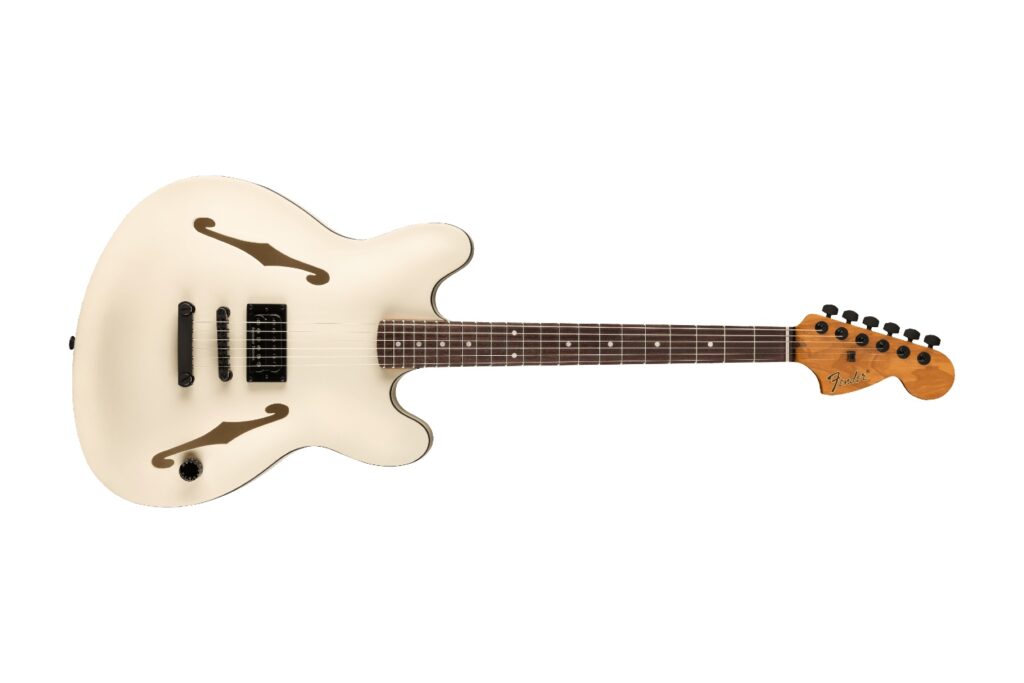Jands | Enquire for pricing
Pioneer DJ, the industry leader in professional digital DJ equipment, is back better than ever with the bigger and badder CDJ-3000. If you’ve played at a club recently, you may have seen one of these in the wild and been gobsmacked by the larger screen and additional buttons and settings available.
For the uninitiated or unaware, Pioneer DJ equipment is the industry standard with basically every club, festival, and venue that has DJs using their kit. Inherently, a CDJ is an audio player that lets you select and play audio files from USBs, CDs, and SD cards. The magic happens with the ability to manipulate the pitch (speed) of the track to match it to the music already playing, but we’re well past that being a new feature and Pioneer DJ has consistently added new features to their devices over the past 28 years since the original CDJs were released.
Read more gear reviews here.
In a strange twist, this CDJ is actually the first of its namesake to not bear a physical CD slot. Usually for other Pioneer DJ products that lack a CD port (namely the XDJ series) they have strayed away from using their flagship CDJ product name, but no longer. CDs are merely a fragment of past generations of DJs, with USBs, and SD cards being the format of choice as they are easier to transport and extremely more flexible to perform with.
In focusing on the important areas of the hardware, Pioneer DJ has upgraded the jogwheel, making it smoother to operate, reducing latency on use and adding a new LCD screen on the centre of it which displays the album artwork for the track you are playing, a playhead representation (for the scratch DJ) alongside mode and beat sync settings. This is a neat touch which provides access to information about what’s happening on the deck when you’re using the touch screen to browse tracks.
Speaking of the touch screen, that got a large update too, literally. The nine-inch full colour HD LCD touchscreen is larger, brighter, and more functional than ever. Selecting tracks can be done on the touch screen as there’s enough space to, even with my large fingers and the encoder on the right side of the screen is still there for precision scrolling and selecting as well. The interface has been redesigned with all browsing options along the top of the screen in which it moves from left to right from source selection, through menus, to track selection. When selecting tracks there’s now an option for font size and to display the full waveform while in the browser which makes this their most accessible CDJ yet.
With the larger screen, Pioneer DJ has added a master waveform along the top which displays the master player’s waveform in real time. This feature is a huge bonus which lets you see what’s happening in not only the loaded track but a track loaded on another deck concurrently for beatmatching and to enable smoother mixes as you know when the next track is going to drop or enter a breakdown.
Key sync is one of the new features on offer from this multimedia player which enables you to change the key of the track to match the key of the master track (the track that is already playing). You can even pitch the track up and down almost a full octave independently to create harmony or dissonance if you know what you’re doing, which enables all your tracks to be in key (or not in key).
Pioneer DJ’s new tweaks and enhancements to the CDJ are not only on the surface level, they’ve added a new Micro Processor Unit (MPU) which puts its processing power rivalling newer smartphones. This added power allows for a smoother performance especially in regards to track loading and playlist scrolling which is about as seamless as it can get.
In addition to this, all internal audio processing is performed at 32bit/96kHz regardless of the source material’s audio quality. This upscaling hides artefacts that might be present using their new key shift feature on lossy mp3 files for example and provide a better-sounding experience when using the master tempo setting.
Although there is a range of new features, people familiar with Pioneer DJ’s CDJ range will feel right at home on this deck. There might be a slight learning curve as some functions have moved places but the overall function is still the same. There’s more hot cue buttons on the CDJ-3000 which are laid out left to right below the touch screen, a new eight-beat loop button next to the standard four-beat loop, plus new beat jump buttons which allow you to move forward or backwards in time a specified amount of beats. The play and cue buttons which often get a fair bit of wear and tear have been updated to be more durable which is a plus for any owner of this device.
Pioneer DJ has also introduced a new feature exclusive to the CDJ-3000 aptly named CloudDirectPlay which allows you to stream your music from Dropbox straight to the device. To set this up, you will still need to carry a USB with an authentication key which will unlock your cloud-based DJ library through rekordbox.
With all these new settings and updates, Pioneer DJ has outdone themselves with an upgrade that has been well overdue. The faster response times when searching and loading tracks makes using the device smoother, and the new jogwheel along with hot cues buttons enables you to more precisely use the device to mix up a storm (or trainwreck, no judging here!).
All in all, the CDJ-3000 from Pioneer DJ is an excellent new industry standard that will proliferate clubs, pubs, and festivals for years to come. With rock solid performance and a high quality build, this media player is the product to beat and will keep spinning for years to come.
Head to Pioneer DJ for more information. For local enquiries, each out to Jands.







